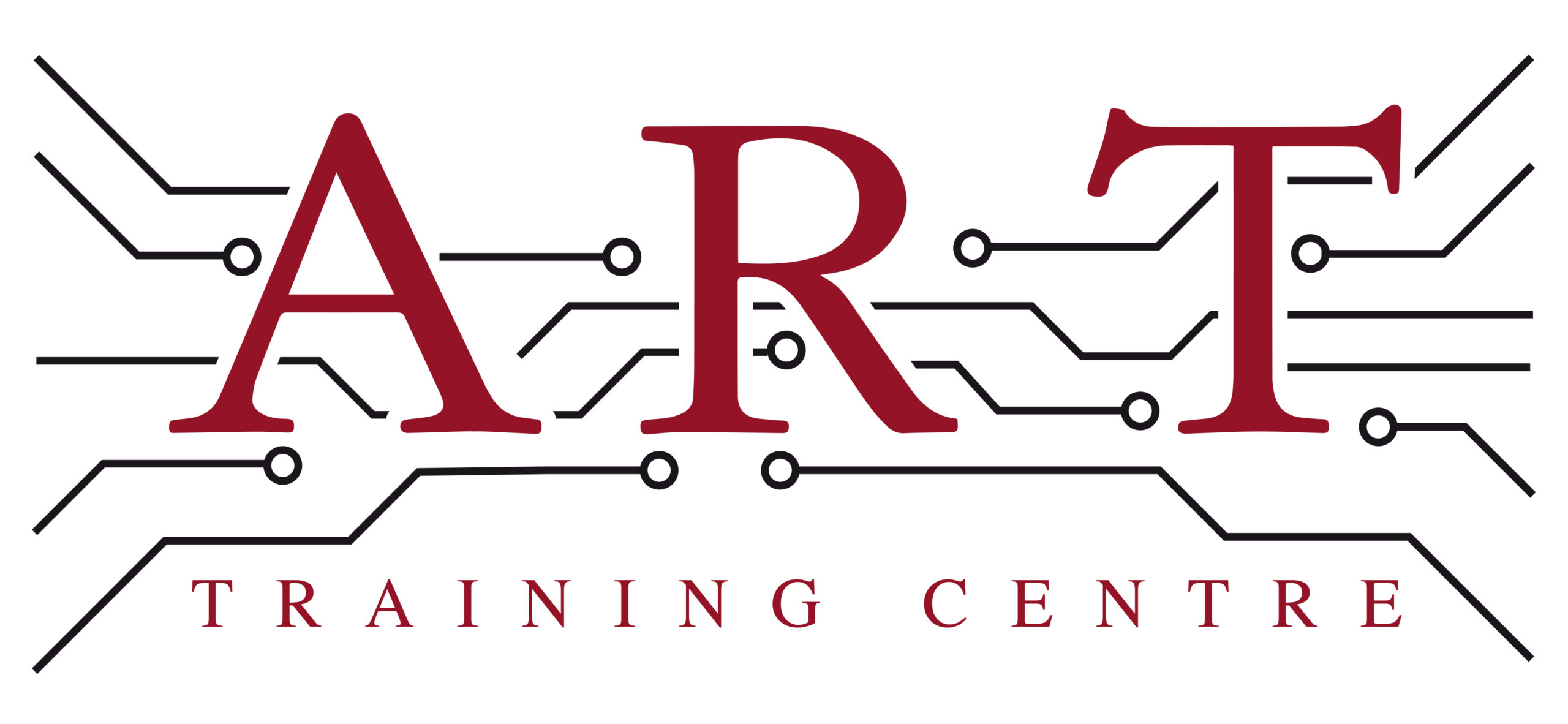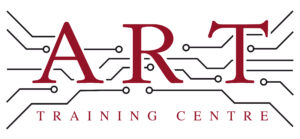Definition
Microscope is an optical instrument that magnifies small objects, allowing detailed examination of components and circuits in electronics manufacturing. It is a crucial tool used for inspecting printed circuit boards (PCBs), solder joints, and other tiny elements, aiding in quality control and fault detection.
How It’s Used in the Industry
In electronics assembly, a microscope is employed to inspect solder connections on PCBs, ensuring they meet quality standards. Technicians use it during soldering to verify the correct placement of components and to check for any defects. For rework, microscopes help identify damaged areas and guide precise repairs. This tool is essential for both trainees learning the basics and experienced professionals who require high levels of accuracy. By providing a clear view of intricate details, microscopes enhance the overall reliability of electronic products.
History & Origins
The use of microscopes in electronics manufacturing became prominent in the late 20th century, coinciding with the miniaturisation of components and the rise of surface mount technology (SMT). Early adoption was driven by the need for more precise inspection methods to uphold quality standards, such as those set by IPC (Institute for Printed Circuits). As technology advanced, microscopes evolved, becoming essential tools in ensuring the reliability and performance of electronic devices.
Variations
There are several types of microscopes used in electronics, including optical microscopes, digital microscopes, and stereo microscopes. Optical microscopes provide high magnification for detailed inspection, while digital microscopes offer the advantage of capturing images for documentation and analysis. Stereo microscopes, on the other hand, allow for three-dimensional viewing, which is beneficial for depth perception during assembly and repair. Each type serves a specific purpose, enhancing the inspection process in electronics manufacturing.
Modern Applications
Today, microscopes are integral to electronics production, particularly in the assembly of surface mount and through-hole components. They are vital for inspecting solder joints, ensuring compliance with IPC standards, and maintaining product quality. In professional training, microscopes aid learners in developing their inspection skills, making them indispensable for both novice and experienced technicians. Their use significantly contributes to the reliability and performance of modern electronic devices.
Practical Tips & Training
When working with microscopes, ensure proper lighting and focus for clear visibility. Use inspection techniques such as comparing solder joints against standards to identify defects. Safety is paramount; avoid direct eye contact with intense light sources. Structured training and certification in electronics are essential for mastering microscope use, as they enhance skills in inspection and fault detection, ultimately improving overall quality in manufacturing processes.


